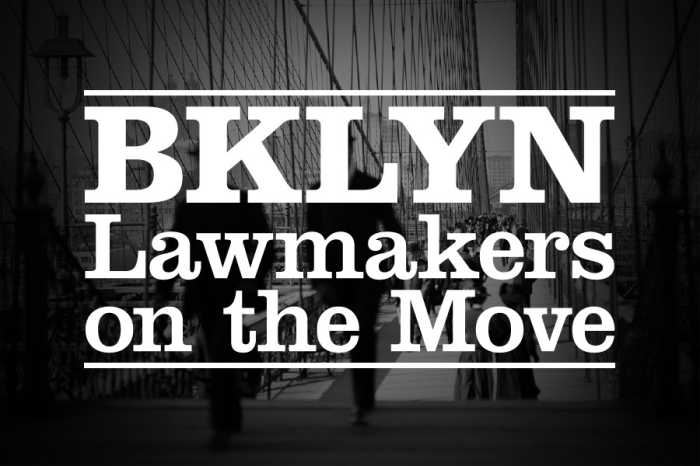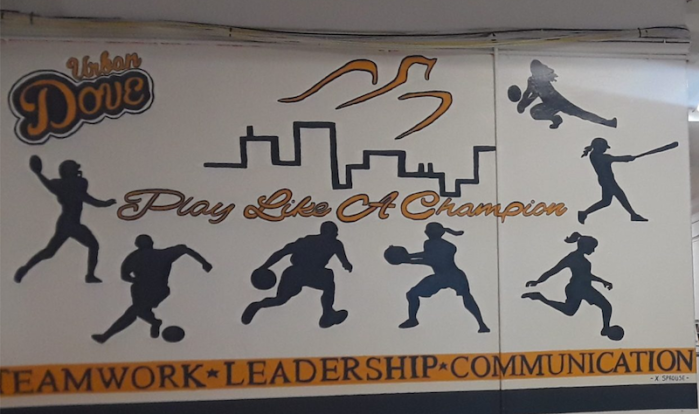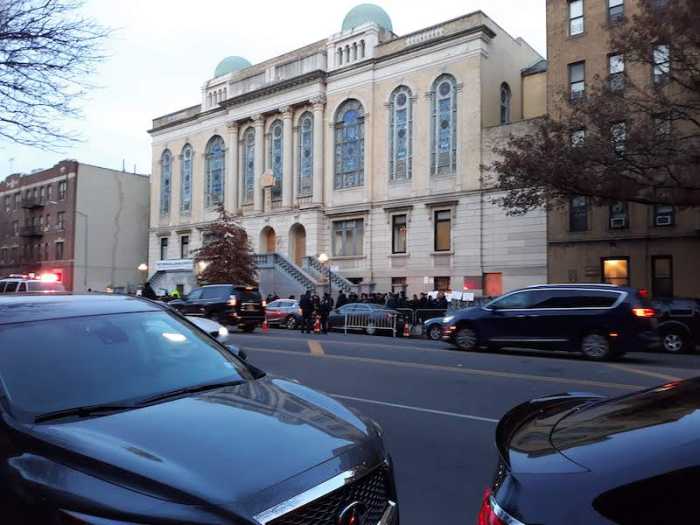When New York City public schools went remote, any doubts about the deep inequity in our education system were erased completely. Public school parents with resources established elaborate pods and chipped in for private tutors. Exclusive private schools quickly found a way to replicate live classes for kids zooming in from vacation homes far away, while providing socially distanced seats in well-ventilated classrooms for those who chose to go in person. But for those of us on the other side of the digital divide, our kids mostly fought bad internet connections and stared at blank screens.
In a remote world, there’s no pretending that children without access to technology and high speed internet can compete on equal footing – and there won’t be an education recovery in this country until the digital divide is closed once and for all.
We’re neighbors in the Bronx and we’re both parents of public school children. Gloria has three sons and Rosa has four children.
Remote learning was so bad for Gloria’s children that her middle son took the GED just to avoid remote learning. I’m proud of him for passing and getting his diploma, but I wish his high school experience had been more worthwhile. For my youngest and my oldest, it’s a constant struggle. It’s hard to stay focused when their internet service keeps dropping. Their teachers reach out to say the boys aren’t “in class” but I work seven days a week to keep food on the table, so I don’t have time to fix the internet every day. It’s a vicious cycle.
Rosa’s kids are ages 11 through 18. They all have to share internet access, which is a constant problem. There’s not a day that’s gone by without some kind of WiFi problem in our crowded apartment. I try to help them all to navigate their classes, but sometimes I feel like I’m more of an IT person than their mom. It’s all so frustrating and confusing on a daily basis.
There’s no easy fix for these problems but one thing is definitely clear: families in low-income communities need something big to happen to improve their internet access. And we’re going to need every level of government to work together on this one.
As a first step, the American Rescue Plan recently signed into law by President Biden provides a glimmer of hope. Billions of dollars in federal aid are headed to public schools. A portion of that money should be used to provide every public school student in New York City with access to high speed internet.
Building on that is the State Digital Equity Capacity Grant Program, sponsored by Bronx U.S. Rep. Ritchie Torres and Brooklyn U.S. Rep. Yvette Clarke, that would aid states in digital equity and digital inclusion activities. We are thankful that our local members of Congress understand what digital equity means for our communities.
In addition to federal assistance, New York City also needs help from New York State.
In Albany, there are a number of good ideas currently under consideration that would improve internet access and make it more reliable. One plan calls for improving broadband speed and bringing high-speed internet access to New Yorkers in every part of the state – including underserved neighborhoods in New York City. Another proposal would provide free, high-quality broadband to every student and school in New York State during the COVID-19 emergency. These are good steps that should be passed and enacted quickly to help our kids in their time of need.
There’s a lot of talk lately about America’s recovery from the pandemic. We all want to believe that brighter days are ahead – but we can’t forget the lessons we’ve learned over this painful year. We need bold action to close the digital divide once and for all.
Gloria Alfinez and Rosa Gonzales are Bronx Public School Parents










